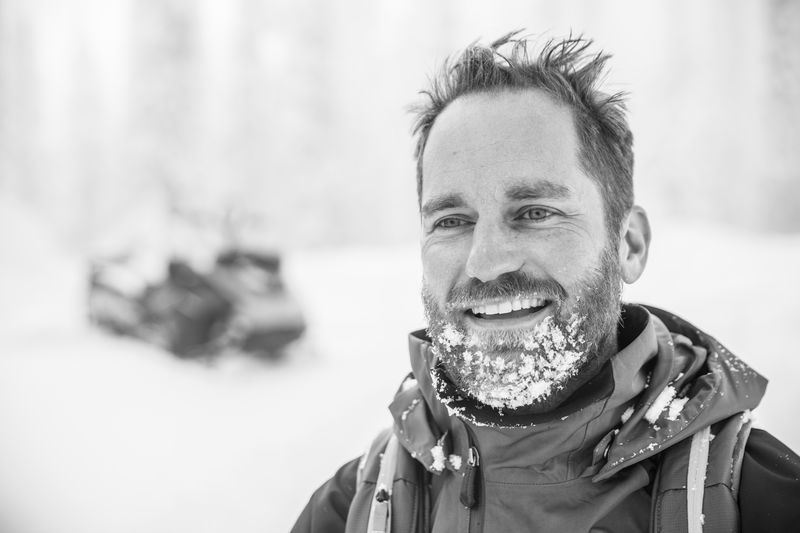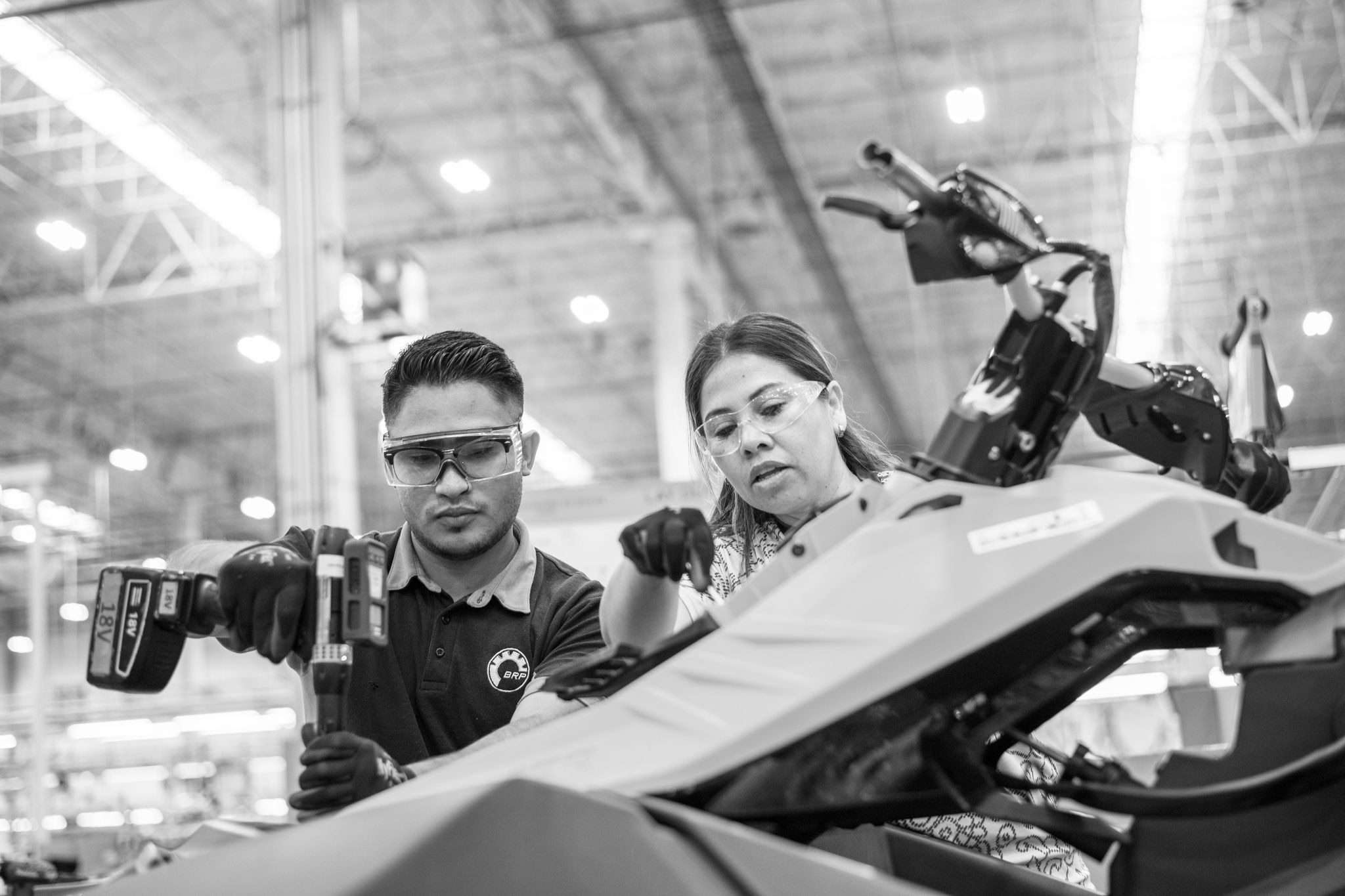WE ARE BRP
We create innovative ways to move on snow, on water, on asphalt or dirt – even in the air with our industry-leading products.
BRP exists to create new ways to move people, so that experiences are measured in emotions, rather than distance. An independent company since 2003, proudly Canadian while recognized worldwide, our heritage is one of adventure and ingenuity. Our first product, the Ski-Doo snowmobile, was created in 1959 in Valcourt, Quebec, by J-A Bombardier, and drove adventurers to discover new snowscapes.
Today, BRP creates innovative ways to move on snow, on water, on asphalt or dirt – even in the air - with our industry-leading products. Our distinctive brands are icons in their industry: Ski-Doo and Lynx snowmobiles, Sea-Doo watercraft and pontoons, Can-Am vehicles and Rotax marine propulsion systems as well as Rotax engines for karts and recreational aircraft. To fully enhance our riders’ experience, our product lines are supported with a dedicated parts, accessories and clothing business. Committed to growing responsibly, we are also developing electric models for our existing product lines.
Since 2003, we have travelled far and wide, expanding our partnerships, entering new playgrounds and new territories. Our close to 16,500 employees worldwide are united by our ambition to keep moving forward, giving our customers around the world the power to create their best memories. As the passion for BRP grows, so does our presence, with innovation centers, manufacturing facilities and offices now on all five continents. We’ve partnered with the best dealers and distributors out there and our network is global, bringing our products to adventurers in 130 countries.
As we look to the future, we continue to power ahead and hold true to the values of passion, drive, ingenuity, and trust we live by, maintaining our sense of adventure as our guiding star.
We make adventure… by design.



